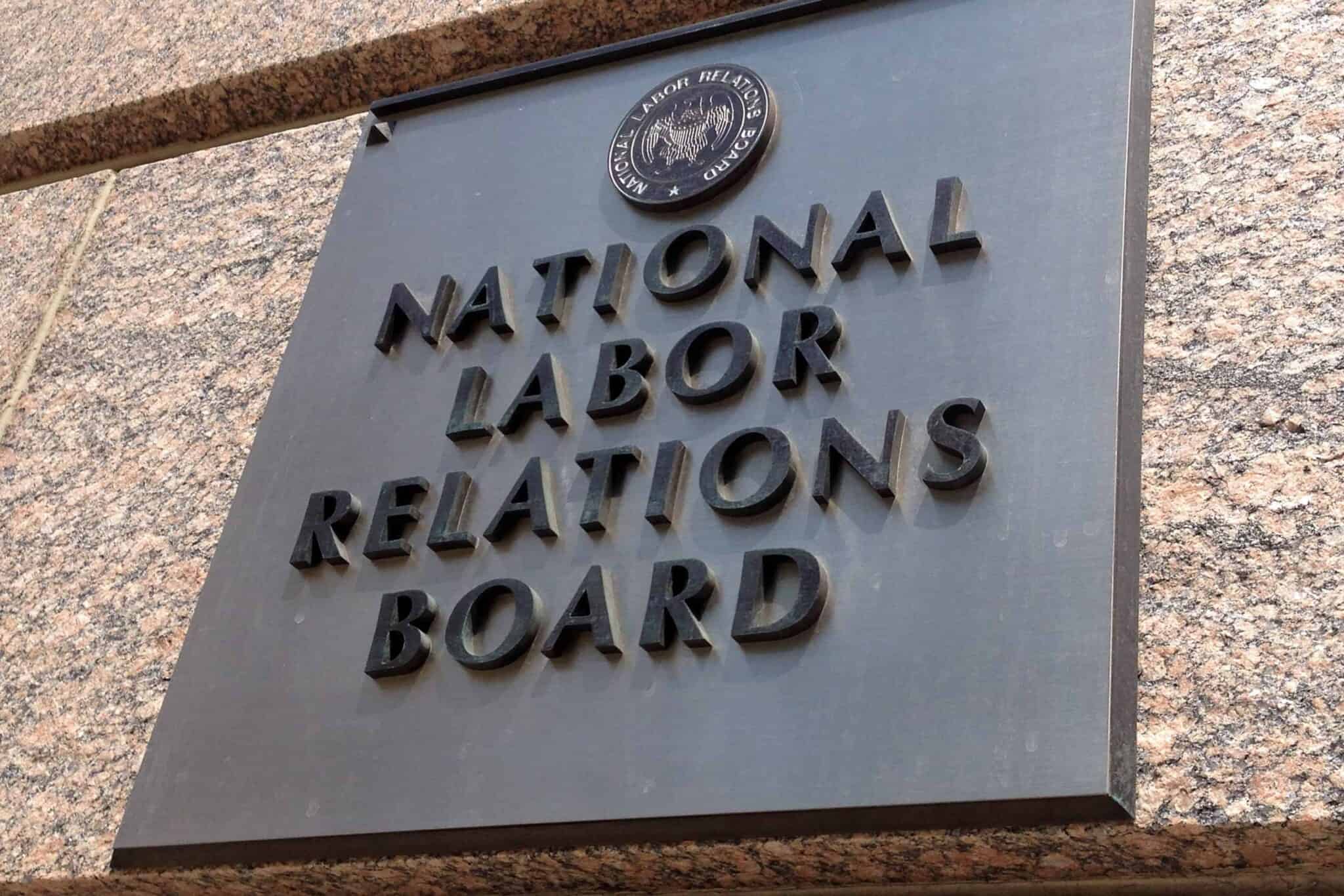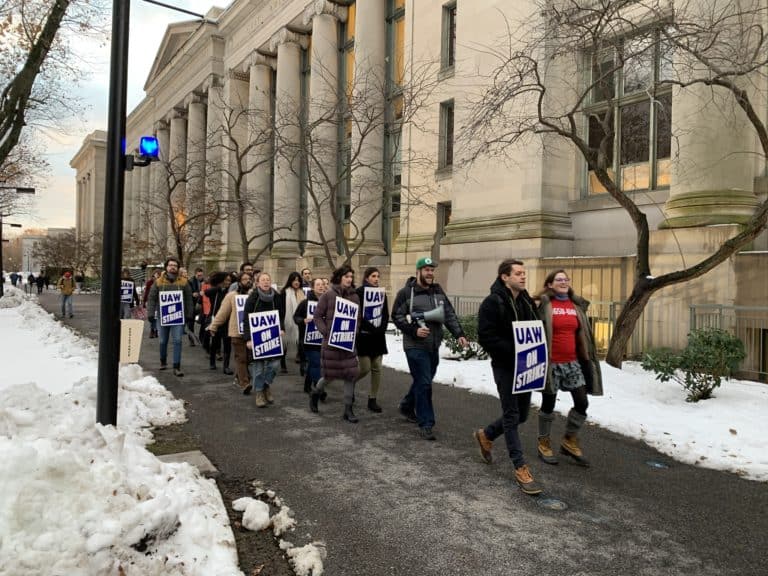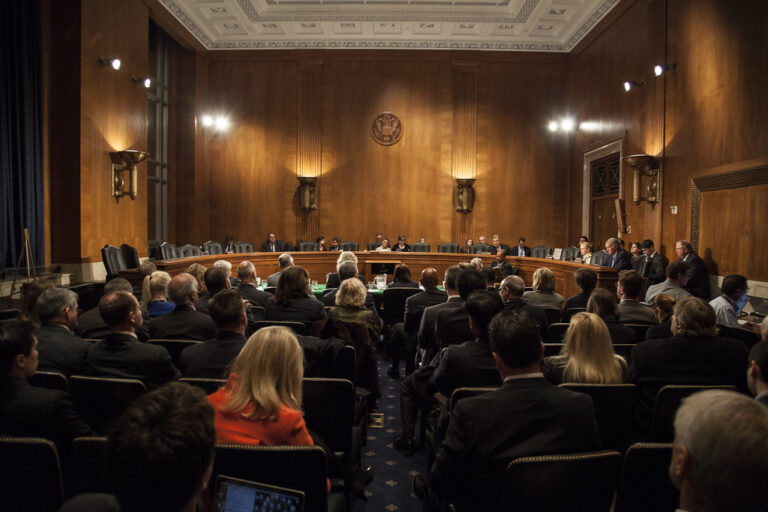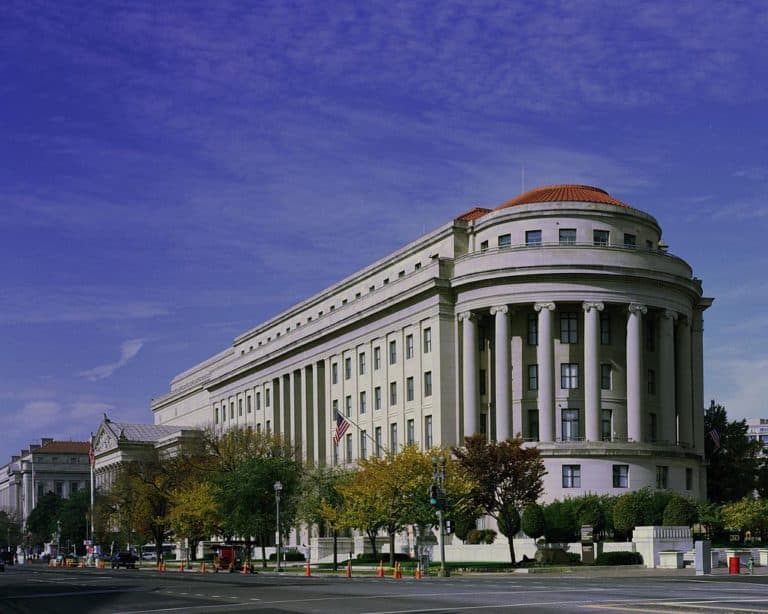Anjali Katta is a student at Harvard Law School.
In today’s News and Commentary, Trump appeals a court-ordered pause on mass layoffs, the Tenth Circuit sidesteps a ruling on the Board’s remedial powers, and an industry group targets Biden-era NLRB decisions.
The Trump administration is asking the US Court of Appeals for the Ninth Circuit to pause a temporary order blocking the administration from continuing its mass layoff plan for federal workers. As Justin reported, the court issued a two-week pause on the administration’s ability to make changes across twenty agencies. In response, the administration immediately appealed and filed for an emergency stay of the order. It argued that the “sweeping” order obstructs the Executive Branch from implementing the President’s policy priorities. The Trump administration has asked the Ninth Circuit to rule on the motion by May 15.
The US Court of Appeals for the Tenth Circuit partially upheld an NLRB decision against two film studios affirming the agency’s authority to order compensation for “all direct and foreseeable pecuniary harms” for striking drivers who were illegally replaced. The Board had used its 2022 Thryv Inc. standard that allows the agency to demand compensation for harms stemming from an employer’s illegal actions. While one appeals court has struck down Thryv Inc. and another upheld it, its future remains uncertain. On Monday, however, the studios failed to properly challenge Thryv Inc. before the Board, so the court declined to consider it. Judge Allison Eid dissented, arguing the relief exceeded the NLRB’s authority.
An industry coalition, the Coalition for a Democratic Workplace (CDW), is urging the NLRB to reverse Biden-era labor precedents by leveraging President Trump’s executive order asserting that the president and the AG have the power to interpret the law for all agencies. CDW asked Attorney General Pam Bondi to direct the NLRB to ignore 15 significant rulings (including 14 that set new precedents), aiming to curb the board’s longstanding independence and to cause a sudden ‘flip-flop’ in Board policy on a mass scale. These board decisions included those that created a new framework for imposing bargaining orders in response to employers’ labor law violations, required companies to reimburse workers for the financial consequences of unfair labor practices, barred management from holding mandatory captive audience meetings, and banned severance agreements that include waivers of NLRA rights. CDW, and the Trump administration are likely to face legal challenges along the way.






Daily News & Commentary
Start your day with our roundup of the latest labor developments. See all
November 24
Labor leaders criticize tariffs; White House cancels jobs report; and student organizers launch chaperone program for noncitizens.
November 23
Workers at the Southeastern Pennsylvania Transportation Authority vote to authorize a strike; Washington State legislators consider a bill empowering public employees to bargain over workplace AI implementation; and University of California workers engage in a two-day strike.
November 21
The “Big Three” record labels make a deal with an AI music streaming startup; 30 stores join the now week-old Starbucks Workers United strike; and the Mine Safety and Health Administration draws scrutiny over a recent worker death.
November 20
Law professors file brief in Slaughter; New York appeals court hears arguments about blog post firing; Senate committee delays consideration of NLRB nominee.
November 19
A federal judge blocks the Trump administration’s efforts to cancel the collective bargaining rights of workers at the U.S. Agency for Global Media; Representative Jared Golden secures 218 signatures for a bill that would repeal a Trump administration executive order stripping federal workers of their collective bargaining rights; and Dallas residents sue the City of Dallas in hopes of declaring hundreds of ordinances that ban bias against LGBTQ+ individuals void.
November 18
A federal judge pressed DOJ lawyers to define “illegal” DEI programs; Peco Foods prevails in ERISA challenge over 401(k) forfeitures; D.C. court restores collective bargaining rights for Voice of America workers; Rep. Jared Golden secures House vote on restoring federal workers' union rights.